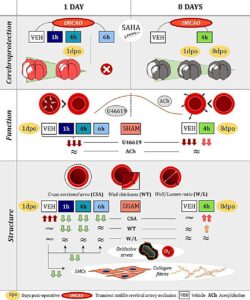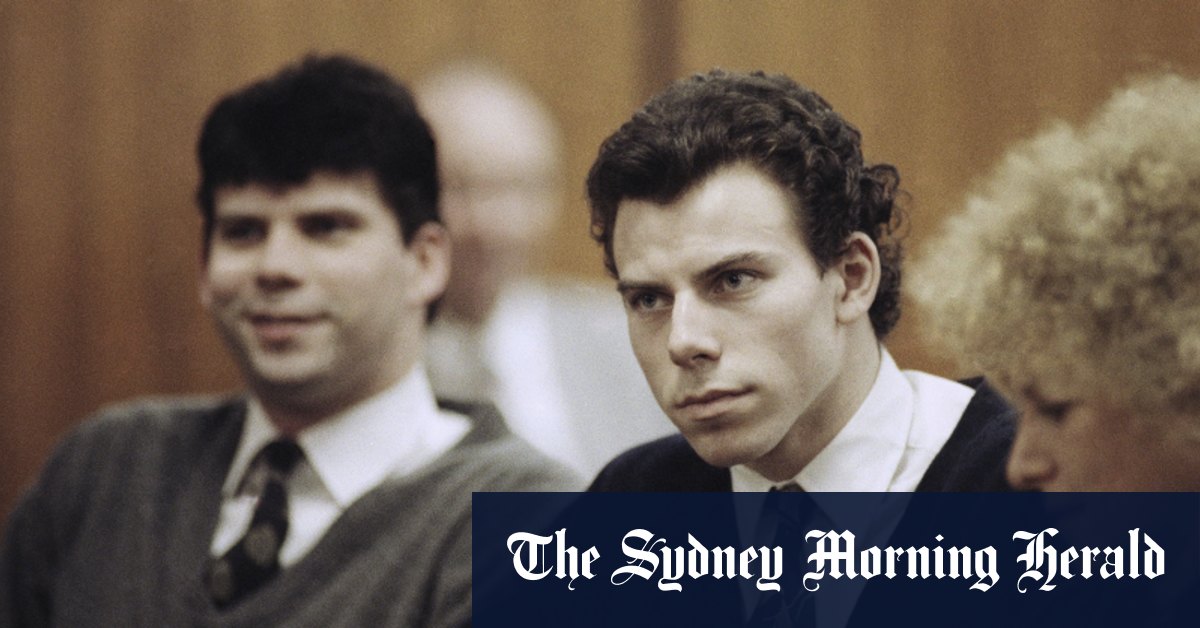
Erik and Lyle Menendez were found guilty in 1996 of killing their parents in 1989. Now 53 and 56, they are appealing their life sentences without parole. This week, their aunts joined calls for their release, saying 35 years was long enough.
Changing social ideas about abuse – revelations of which featured in both a Netflix drama and new documentary – have led to support for them from new audiences, and greater empathy for their situation.
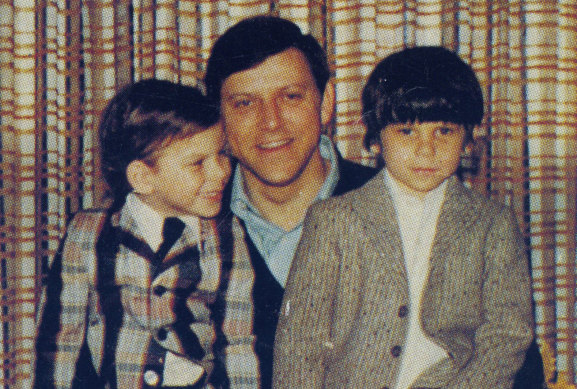
Erik, left, and Lyle with their father, Jose Menendez.
Celebrities, including Kim Kardashian, joined the call for a reassessment of the convictions after the 35-year-old case was reimagined in Monsters: The Erik and Lyle Menendez Story, the Netflix series that put the boys’ sustained abuse by their father at the centre of the story.
What at the time seemed like a tale of greed has now been cast in a different light.
The impact of TV shows, documentaries or podcasts on justice outcomes is complicated, and differs case by case, says Greg Stratton, senior lecturer, criminology and legal, at RMIT.
Loading
“What we know about justice and the way society works – race, gender, class, marginalisation and vulnerability – those things coalesce on the back of these things. You tend to see more privileged people get more leverage out of the true-crime stuff and the Menendez case is a good example of that,” he says.
The things that lead to wrongful conviction are the things that lead to audience interest, says Stratton, those gaps in justice and the problems in society exposed in true crime. “It makes audiences think about things, but again the criticism is it keeps it at arm’s length. It’s a way of us as audiences being able to say that we understand the topic without actually advocating for or pushing for further changes or reforms in the system.”
Stratton is writing a book about the issue, Streaming Justice: true crime and wrongful conviction in the streaming age, and says victims are often left out of the conversation in true crime.
Actor and first-time director Anna Kendrick of Netflix film Woman of the Hour, about American serial killer Rodney Alcala, felt so uncomfortable making money from real-life crimes of that nature she donated her payment to anti-violence charities.
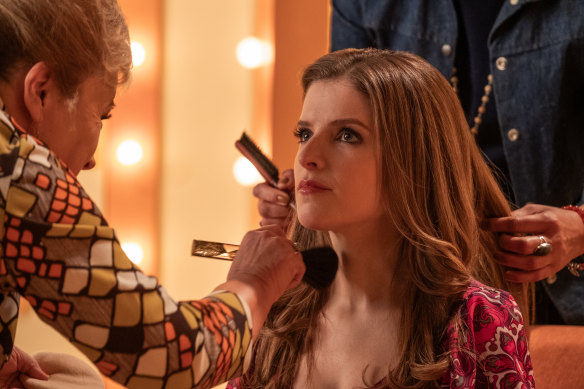
Anna Kendrick in Woman of the Hour, screening on Netflix.Credit: Leah Gallo/Netflix
Mr Bates Vs the Post Office, which dramatised the Post Office scandal in Britain, had significant real-life repercussions. The ITV series told the story of the thousands of postmasters wrongly convicted of theft and fraud – at least four took their own lives. The discrepancies were caused by a faulty accounting system operated by Fujitsu.
Described by The Economist as “Britain’s worst miscarriage of justice”, action was taken only after the show screened: it shone a light on a parliamentary inquiry into the case and led to laws providing compensation, and the overturning of wrongful convictions.
One of the earliest true-crime podcasts to resonate globally featured Adnan Syed, the 18-year-old convicted of murdering his high school girlfriend Hai Min Lee in Baltimore in 2000; he always proclaimed his innocence. Revelations in the first series of Serial, the NPR podcast released in 2014, cast doubt over the verdict. In 2022, Syed successfully appealed his sentence and was finally freed.
Monsters and Serial are examples of what often happens when true-crime cases hit the headlines, according to Stratton. There’s a commercial imperative to making these programs, too, he says. “You watch and listen to these productions, and you stream them or binge them really quickly. There’s usually a next step, but audiences don’t usually flow into that.”
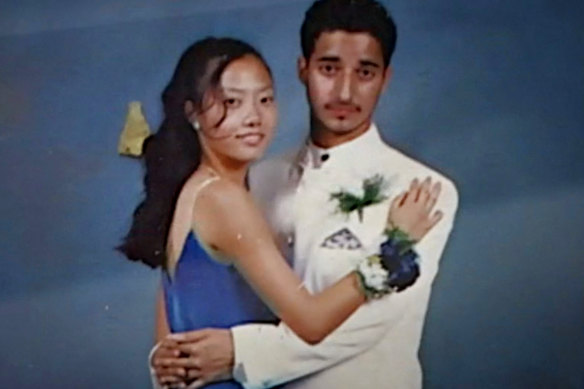
A photograph of Hae Min Lee and Adnan Syed at junior prom, as seen in the HBO documentary series The Case Against Adnan Syed.Credit: HBO
Those telling true-crime stories like to provide audiences with a resolution, but the reality is rarely that simple. The most common outcome for the convicted person, such as Adnan Syed, is ongoing legal action hanging over their head. Despite his successful appeal and all charges being dropped in 2022, in 2023 they were reinstated and a new hearing ordered.
It’s very rare that we can draw a direct line that says a show led to a major breakthrough in a case, Stratton says, but it’s important for people to be heard, including those committed of crimes. “Even if you’re still in jail, how you are portrayed and your story being told can be really beneficial.”
Find out the next TV, streaming series and movies to add to your must-sees. Get The Watchlist delivered every Thursday.


